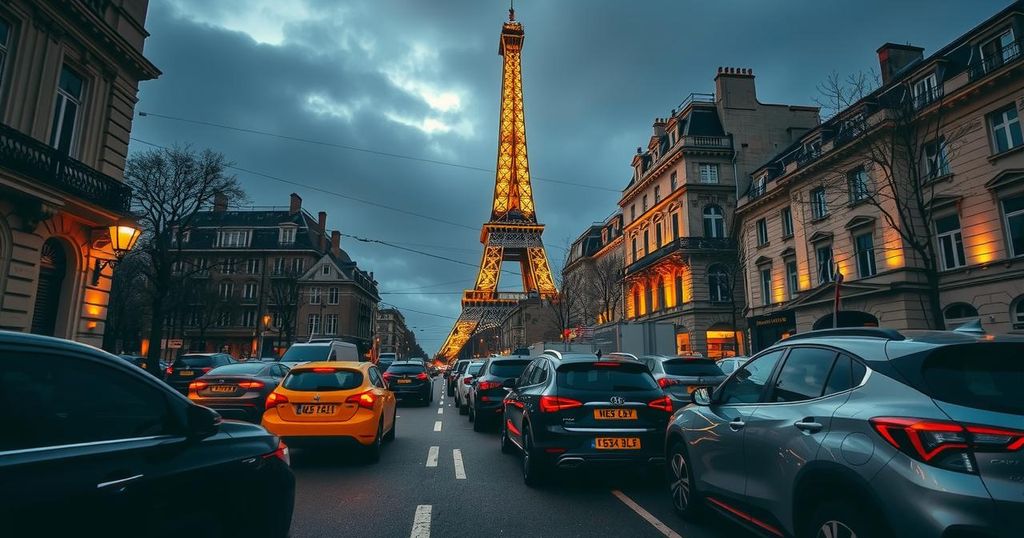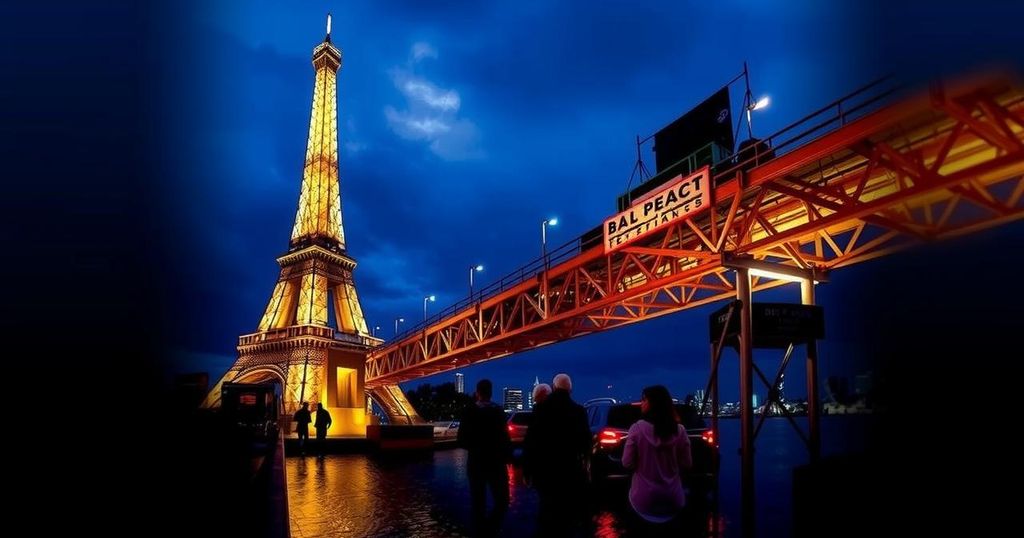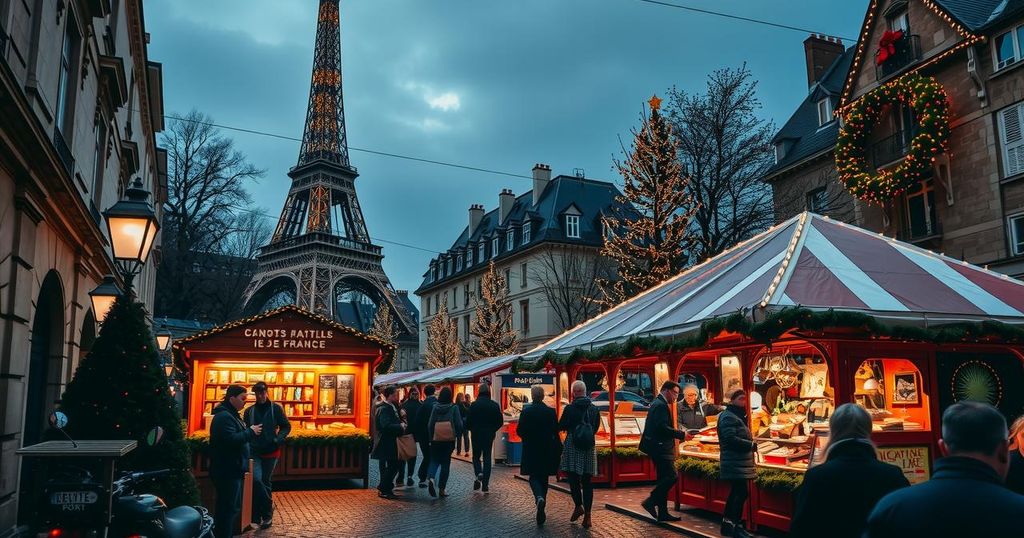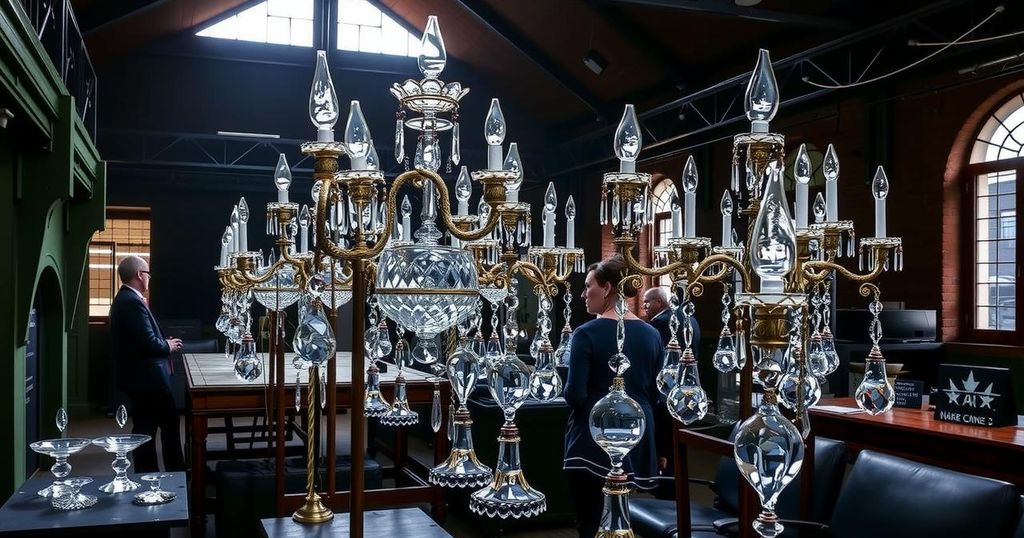Original Source: www.lemonde.fr
The introduction of low emission zones (ZFE) across French cities is part of a broader effort to combat air pollution by encouraging the use of less polluting vehicles and promoting alternative transport methods. These zones restrict the circulation of older, polluting vehicles to improve air quality and promote cleaner modes of transport. With the Grand Paris metropolis planning to enforce a ban on Crit’Air 3 vehicles starting in 2025, the innovative ’24-hour pass’ for limited annual access shows a compassionate approach to transition. This initiative, alongside support for financial assistance towards cleaner vehicles, underscores a collective aim to create healthier urban spaces.
In a bid to tackle urban pollution and breathe new life into the bustling metropolis, the Grand Paris region has unveiled a considerate initiative for owners of Crit’Air 3 vehicles. From January 2025, these drivers, whose trusty diesel steeds were born before 2011 or petrol chariots before 2006, will find themselves under new restrictions within the low emission zone (ZFE). However, hope glimmers with the announcement of a special ‘24-hour pass’, granting them twelve fleeting days each year to roam freely within the city’s confines,
allowing them to navigate their daily lives amid burgeoning environmental regulations.
This pass, a beacon of flexibility, requires just a simple prior registration from the driver, according to a recent communiqué from the Grand Paris metropolis. With a staggering 422,000 private vehicles and 59,000 professional ones flagged as Crit’Air 3, time is being taken to ensure a smooth transition to cleaner air and vibrant streets. As this initiative unfolds, the regional president, Patrick Ollier, has opened the door to the possibility of increasing the number of days granted on the ‘24-hour pass’, adding further respite for motorists caught in an evolving regulatory landscape.
Meanwhile, the city of Paris stands at the helm of this transformative journey, with lawmakers poised to vote on metropolitan ZFE plans. In a show of solidarity, officials have pledged assistance to professionals, particularly small and medium-sized enterprises, to alleviate financial burdens when purchasing less polluting vehicles. This narrative is not solely about tightening the reins on emissions but fostering a collective shift to cleaner, greener transport options. The echoes of the twelve existing ZFE zones across France reverberate with a promise of cleaner air, steering the nation towards a future where lush parks and clean skies eventually become the norm in urban centres.
Across Europe, where air quality is often a distant memory, ZFEs are a clarion call for change. The initiative shines like a lantern in the fog, illuminating the path towards electric vehicles and public transport, pushing the residents into a new era where sustainability thrives. As the wheels of progress turn ever forward, the essence of regeneration dances through the streets of Grand Paris, whispering tales of hope and transformation alongside the gentle rustle of leaves in a car-free neighbourhood.




